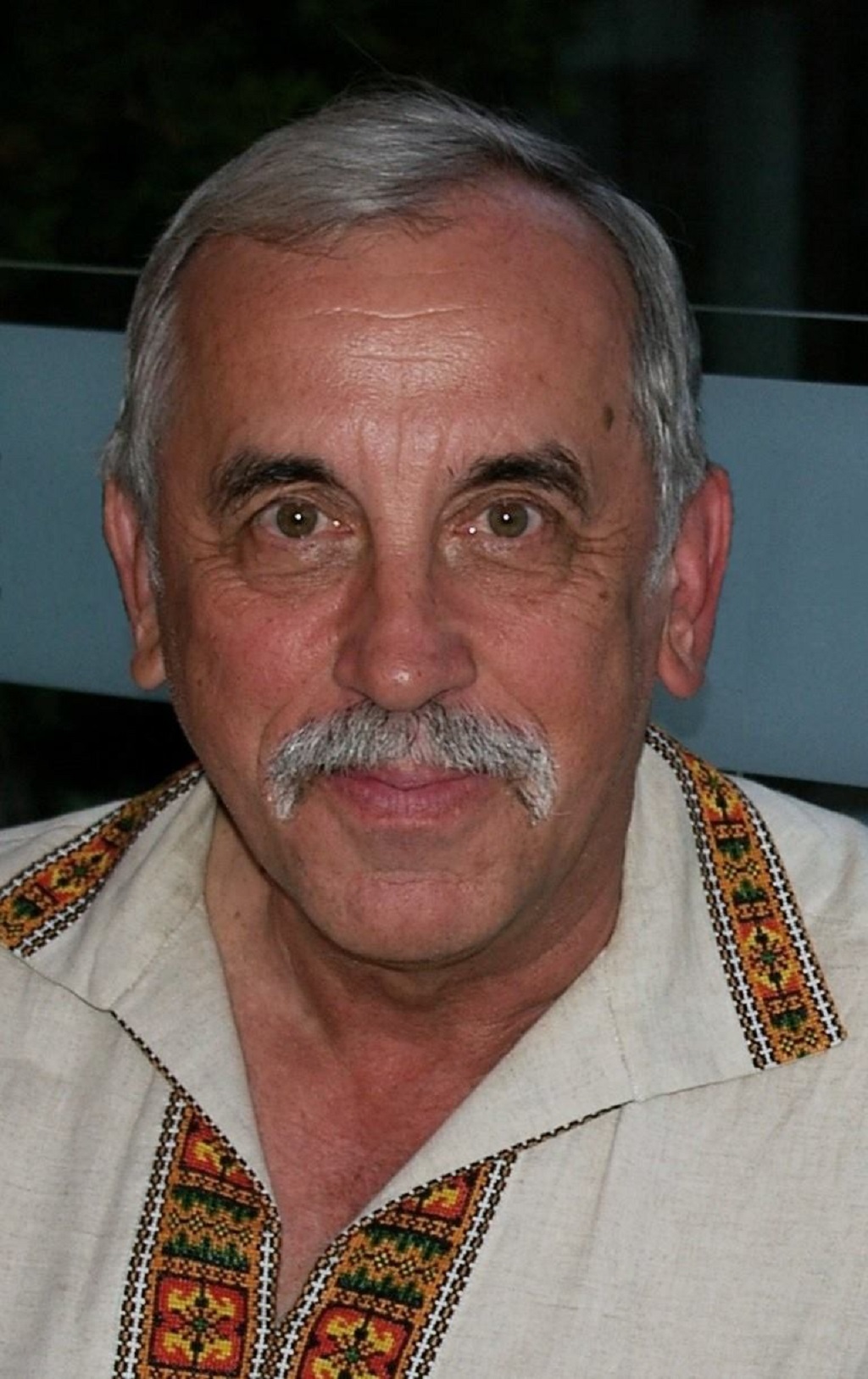Volodymyr Kish.
I have been doing some detailed genealogical research lately into Devyatyr, the village in Western Ukraine where my mother was born and raised. This has been ongoing for a couple of decades already but has recently been made much more simple by virtue of the fact that church records for the village going back almost two centuries are now available for viewing online. Prior to this they were only available by physically visiting the Ukrainian archives in Lviv or by viewing the microfilmed version of these archives that the Church of Latter Day Saints (Mormons) had made just after Ukraine became independent in 1991. These microfilms could be accessed by ordering the appropriate reels from Mormon headquarters in Utah and having them shipped to the nearest Mormon church where you lived. Each church has the required microfilm reading equipment that you could use at no charge to study the microfilms. As you can imagine though, this was a time-consuming, painstaking process.
In recent years, the Mormons have been able to digitize many of the Ukrainian microfilms and they have now been made available for research online on your home computer. You simply register an account at no charge at www.familysearch.org and then find the village you are interested in using the site’s search engines. You still have to go through the digitized microfilm reels, frame by frame looking for family names, but at least you can do it from the comfort of home. Each digitized microfilm file reel contains about 800 – 900 frames, so the research can be time consuming, but ultimately rewarding.
I have been able to build quite a detailed family tree going back five or six generations. In the process of doing this though, I have also gained a lot of collateral insight into what Ukrainian village life was like a hundred and fifty years ago.
My mother’s village of Devyatyr was located just west of what is now the Ukrainian – Polish border northwest of Lviv. I say was located, as very little of the village now remains. Much of it was destroyed during World War II, and when the boundaries between Poland and the Soviet Union were drawn up after the war, Devyatyr found itself on the Polish side. Unfortunately for the majority Ukrainian population of the village that had survived the war, they were booted out and most of them were forcibly relocated a couple of kilometres east of the border to the Soviet side, where they settled on land that had been formerly occupied by a German colony called Einzingen. They renamed the newly occupied village Devyatyr after the original. Needless to say, after the war, there were no more Germans left anywhere in the area.
The original Devyatyr (Dziewiecierz in Polish) was a fairly sizable and prosperous town of about 1800 souls in the late 19th century. 80% were Ukrainian, with the remainder consisting primarily of Poles and Jews. Pottery and agriculture were the prime industries. Although the village was relatively prosperous life was not easy.
If you look at the Ukrainian Greek Catholic church records for the year 1889 for example, you will find that there were 55 deaths recorded. Of these, 20 were infants that did not survive their first year. Only 10 were people dying naturally of old age, typically in their sixties. Eight died of tuberculosis, ranging in age from 17 to 52. Three were babies that were stillborn or died at childbirth, not even having the opportunity to be baptized. Three died of asthma, two of pneumonia, two of convulsions/epilepsy, and one each of typhus, diarrhea, endometrisis, pleurisy, enteritis, gastritis and kidney failure.
During that same year of 1889, there were seven marriages recorded, with all but one occurring in the month of November. Obviously, spring and summer were not good times to be getting married, what with the demands of looking after planting, maintaining and harvesting of crops on which survival depended.
As for births, there were 75 recorded during 1889. Birth rates were high and large families were common, however as pointed out earlier, infant mortality rates were also quite high, typically in the 20% – 30% range. In scanning the records, I also noticed there were some brutal years for deaths as a result of epidemics of typhus and scarlet fever in particular. Hygiene and health care were primitive by our modern standards, and you had to be hardy or lucky, or both, to survive into adulthood.
The idyllic pictures we often get in literature, art and song of Ukrainian village life, typically do not deal with such issues of basic survival. Our ancestors had to be incredibly resilient to survive and pass on their genes to our generation.
Share on Social Media




































